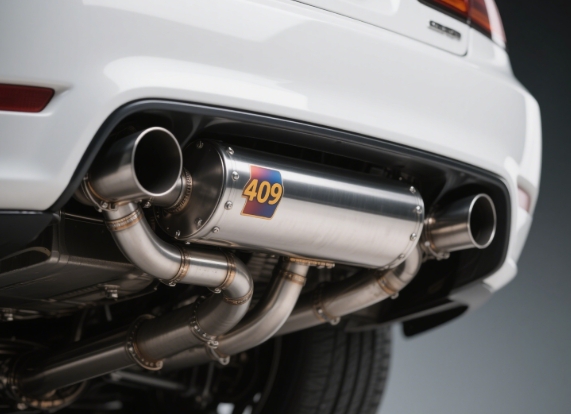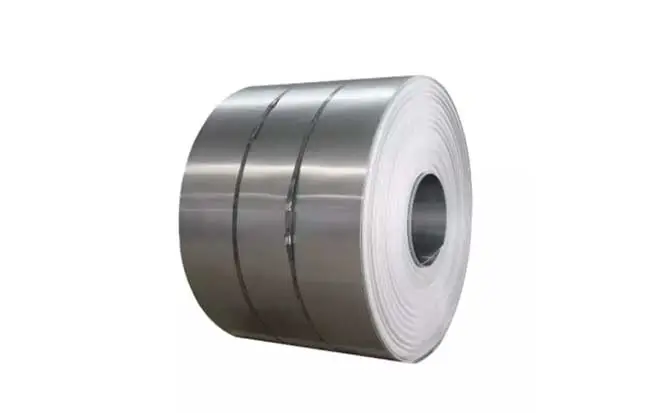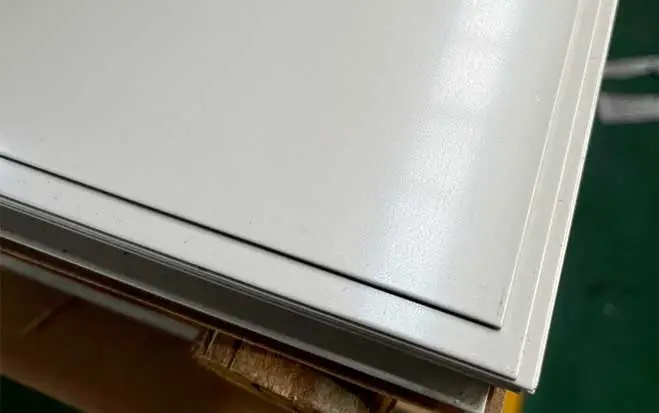Choosing the right stainless steel grade for your industrial or manufacturing project is crucial for performance, durability, and cost-efficiency. Two popular options—409 and 304 stainless steel—serve different purposes, depending on factors like corrosion resistance, strength, and budget. This guide helps B2B buyers make an informed decision.
409 and 304 stainless steel belong to different alloy families:
409 (Ferritic Stainless Steel) – Contains 10.5-11.7% chromium with minimal nickel; lower cost but weaker corrosion resistance.
304 (Austenitic Stainless Steel) – Contains 18-20% chromium and 8-10.5% nickel, offering superior corrosion resistance at a higher price.
Key distinctions include:
✔ Price – SS 409 is more budget-friendly due to its lower nickel content.
✔ Durability – 304 lasts longer in harsh environments (e.g., coastal or chemical exposure).
✔ Weldability & Formability – 304 is easier to work with, while 409 is best for simple fabrication.
Since 304 stainless steel contains higher chromium and nickel, it excels in:
✔ Saltwater resistance (ideal for marine applications).
✔ Resistance to acids & chemicals (common in food processing and medical equipment).
Meanwhile, 409 stainless steel is mainly used where:
✔ Minimal exposure to moisture or mild corrosion conditions.
✔ Cost savings outweigh extreme durability needs (e.g., automotive exhaust systems).
⚠ Note: Both alloys can rust—proper surface treatments (like passivation) can enhance corrosion resistance.

409 is the better choice when:
Budget constraints exist, and premium corrosion resistance isn’t critical.
For automotive exhaust parts, where heat resistance is prioritized.
Short-term or non-aesthetic applications (e.g., structural components hidden from view).
If your project demands long-term durability in corrosive environments, 304 remains the safer investment.
Yes! 409 is ferritic, making it magnetic—unlike non-magnetic 304 (due to its austenitic structure).
Key implications:
√ Magnetic 409 is easier to handle in certain manufacturing processes (e.g., conveyor systems).
× Non-magnetic 304 is preferred for electronic enclosures or medical imaging equipment.
Still unsure whether 409 or 304 stainless steel is right for your business? As a trusted supplier, Normandy Metal provides:
Grade-specific consultation for optimal cost vs. performance.
Competitive bulk pricing & fast delivery for industrial buyers.
Custom fabrication & finishing services.
Contact us today for a free quote! Let's find the perfect stainless steel solution for your project.
Related topics recommended:
ss 321 vs ss 304 chemical composition
Which stainless steel is better 304 or 409
304 vs 316 vs 321 stainless steel
which is more expensive 304 or 316 stainless steel
which is harder 304 or 316 stainless steel
Why Welding of Stainless Steel Is Difficult

College degree, Internation trade Major of CHANGSHA ZHONGSHANG FOREIGN LANGUAGE UNIVERSITY.
Professinal exporting manager of NORMANDY METAL INDUSTRY CO.,LTD.
18 years working experience in STAINLESS STEEL MATERIALS INDUSTRY.



